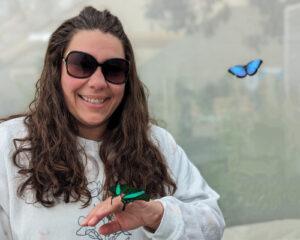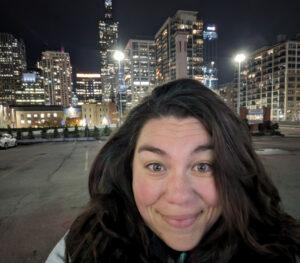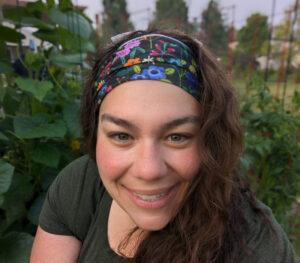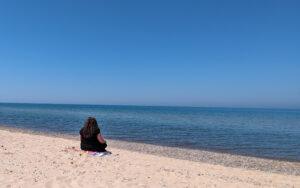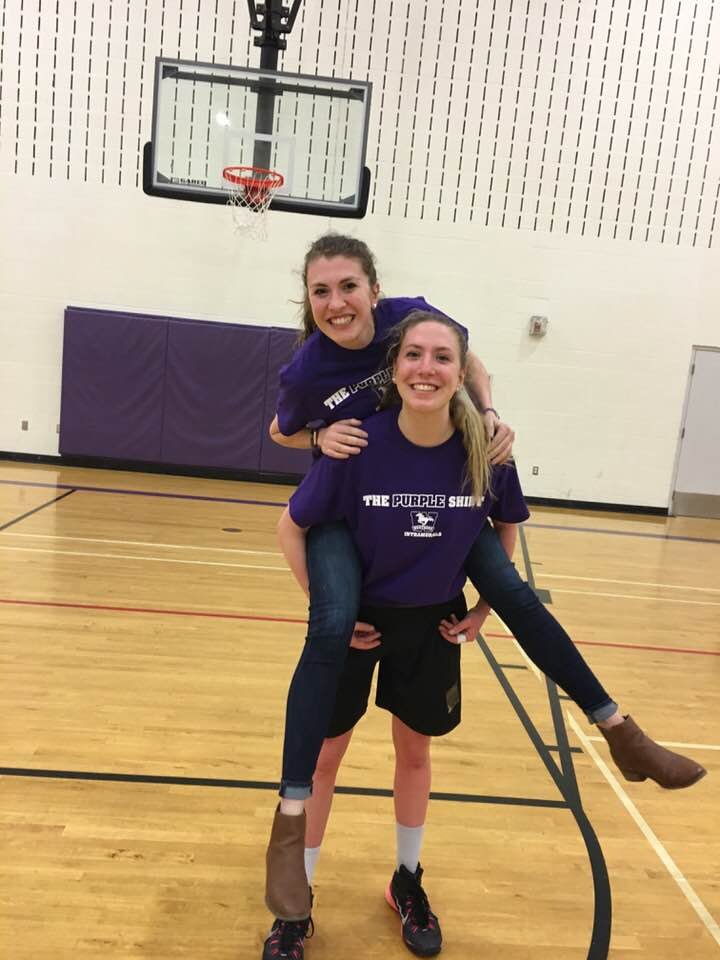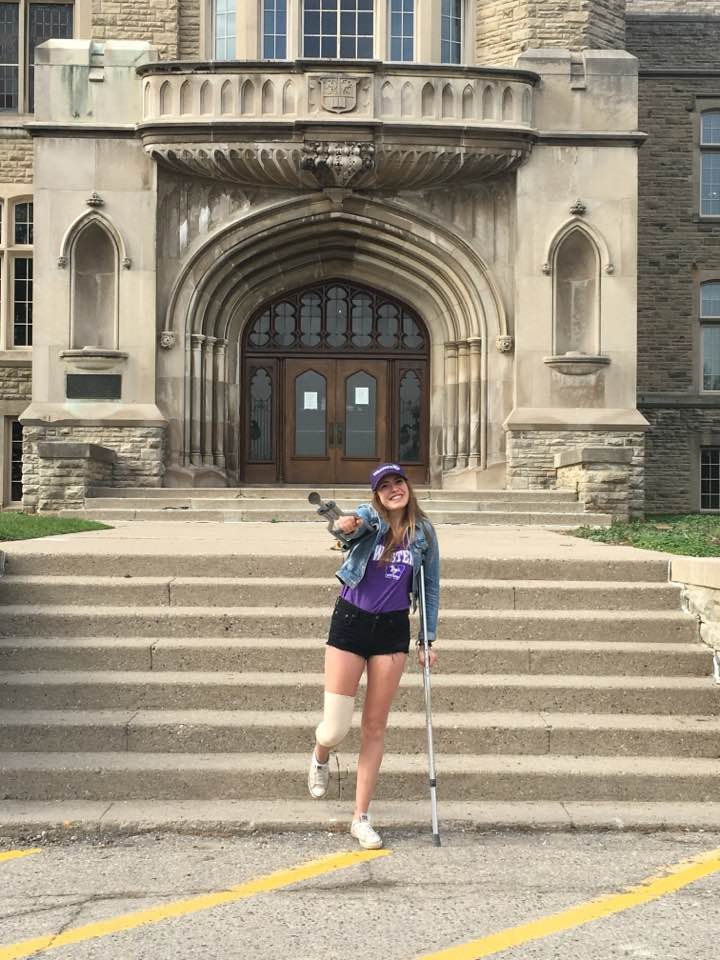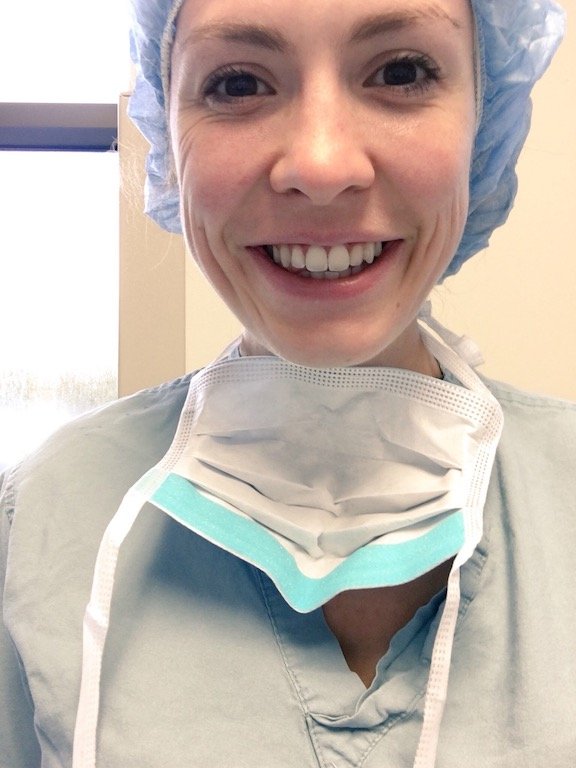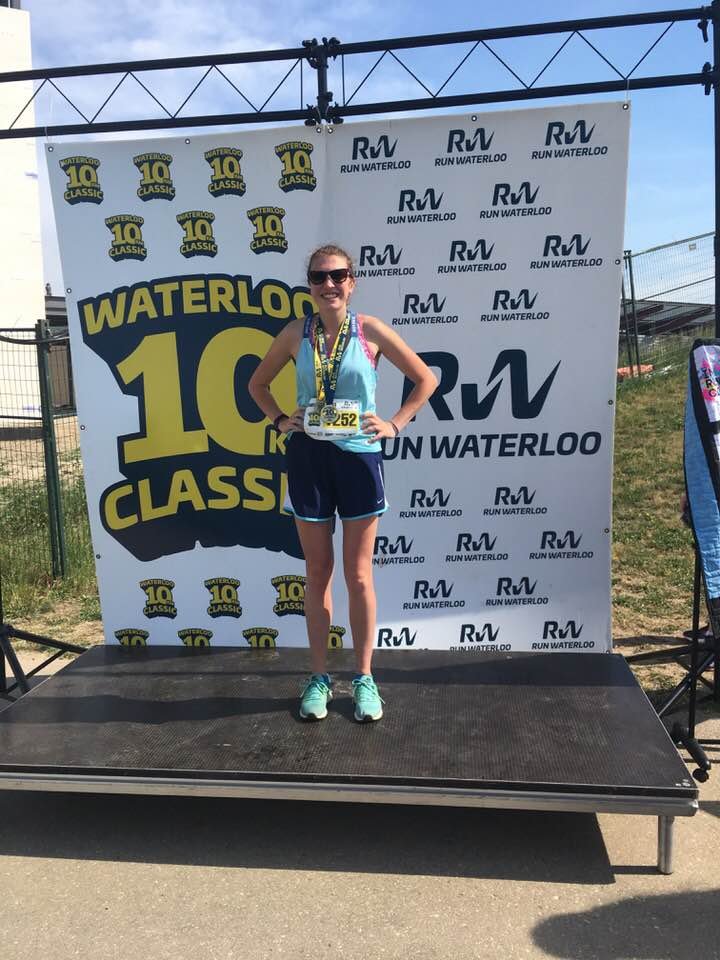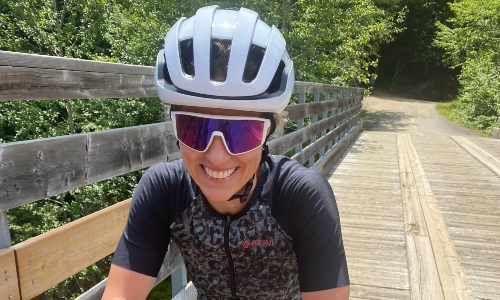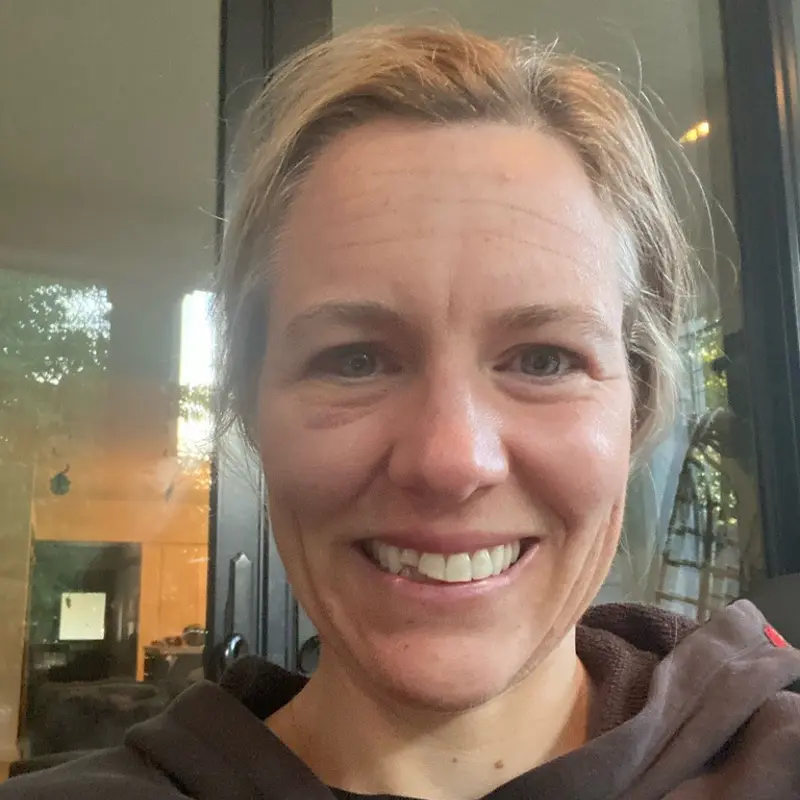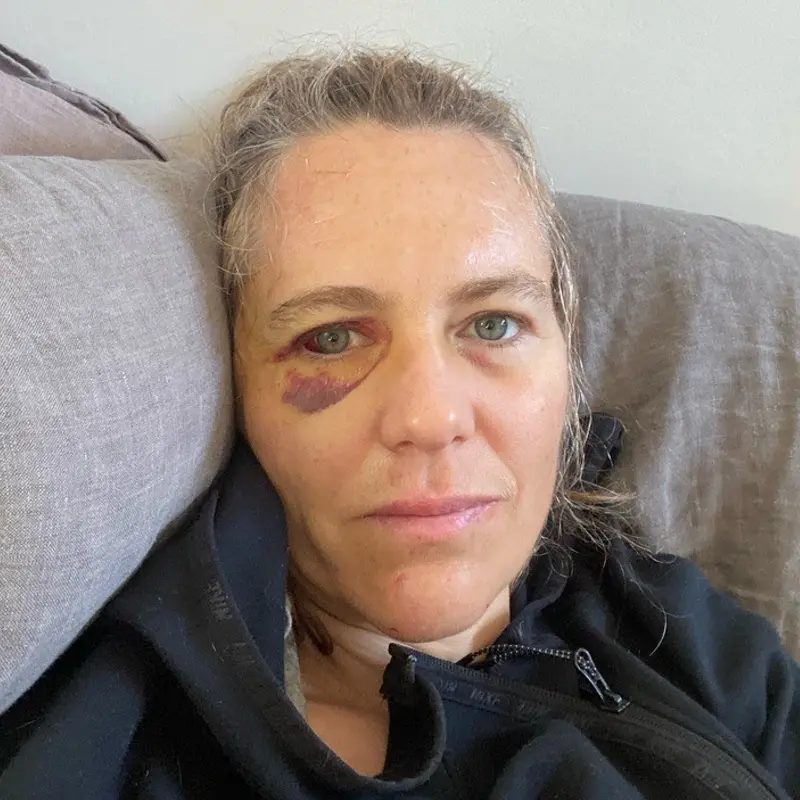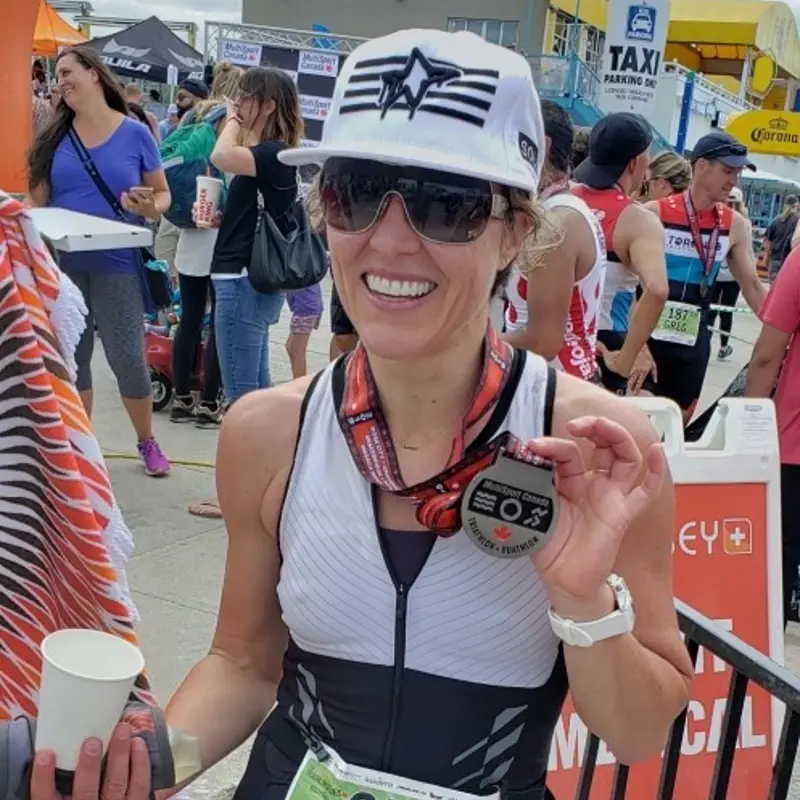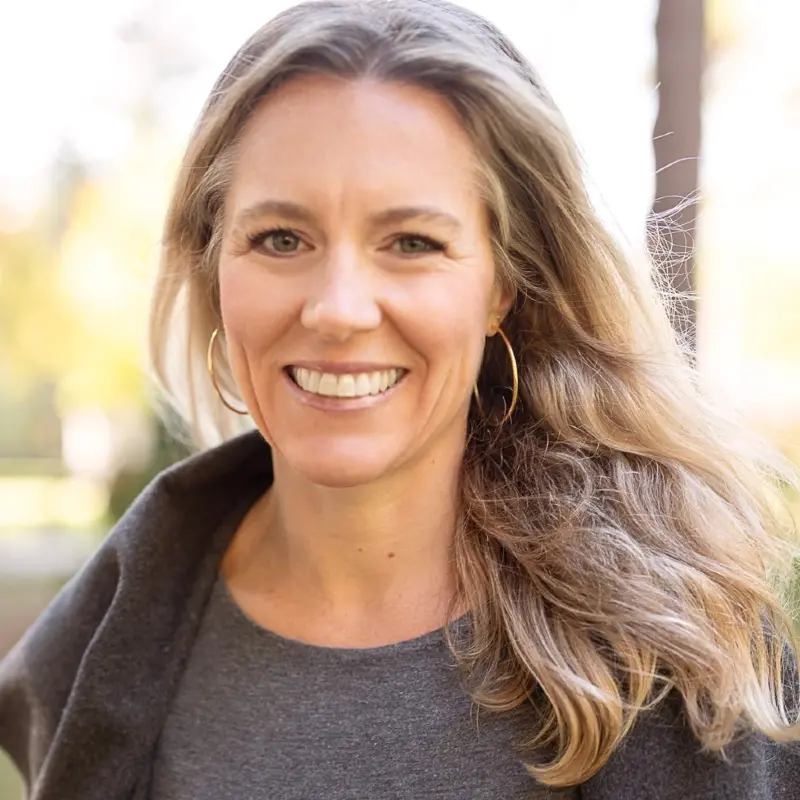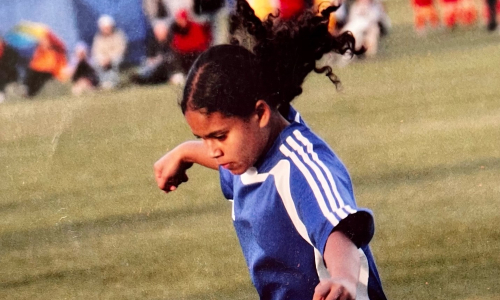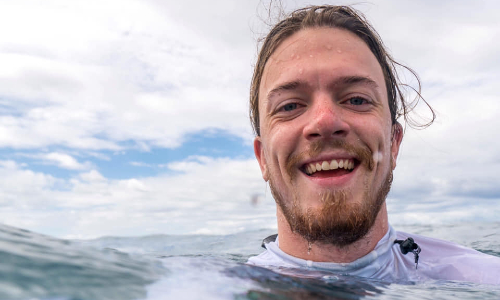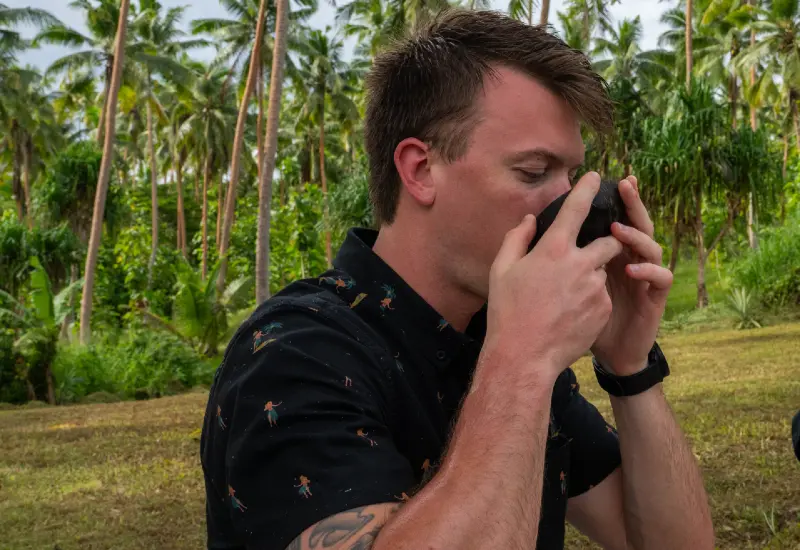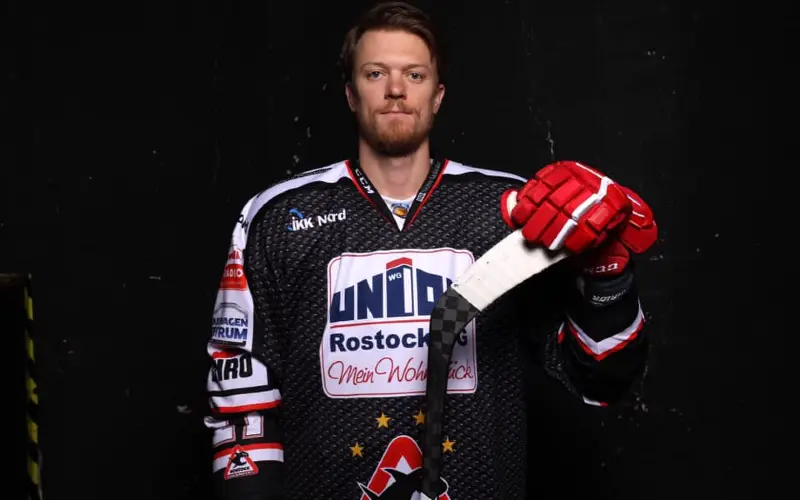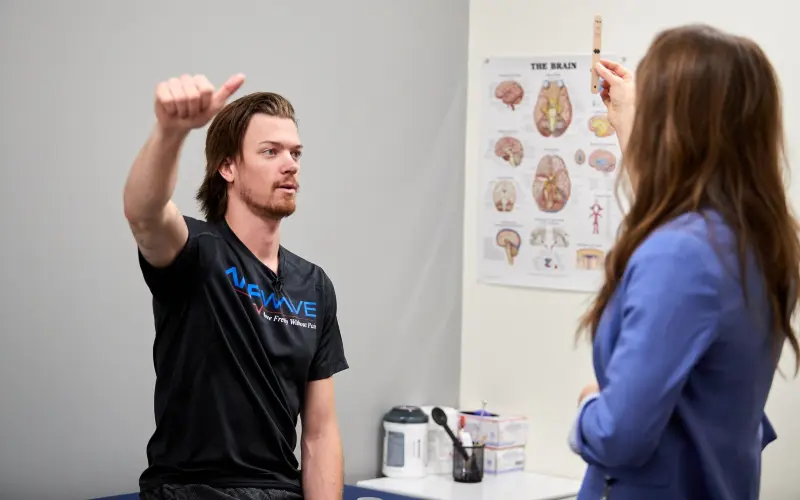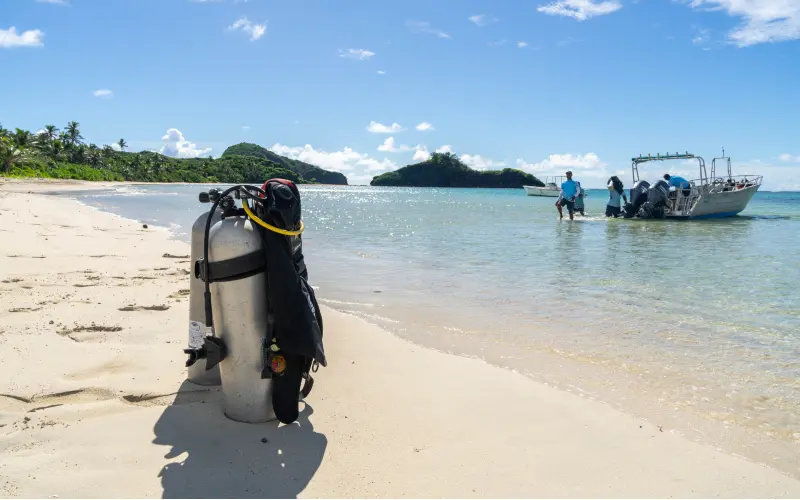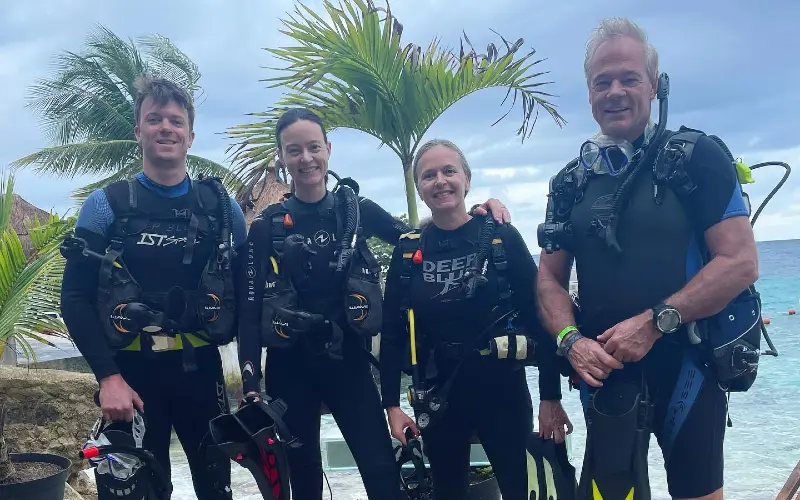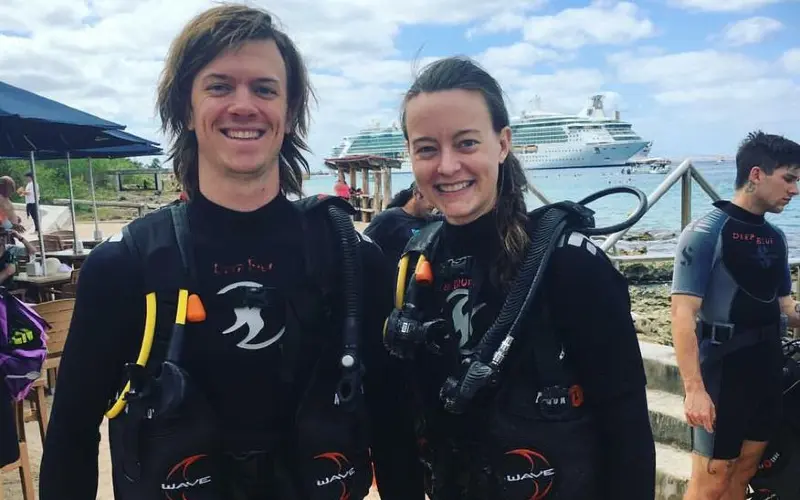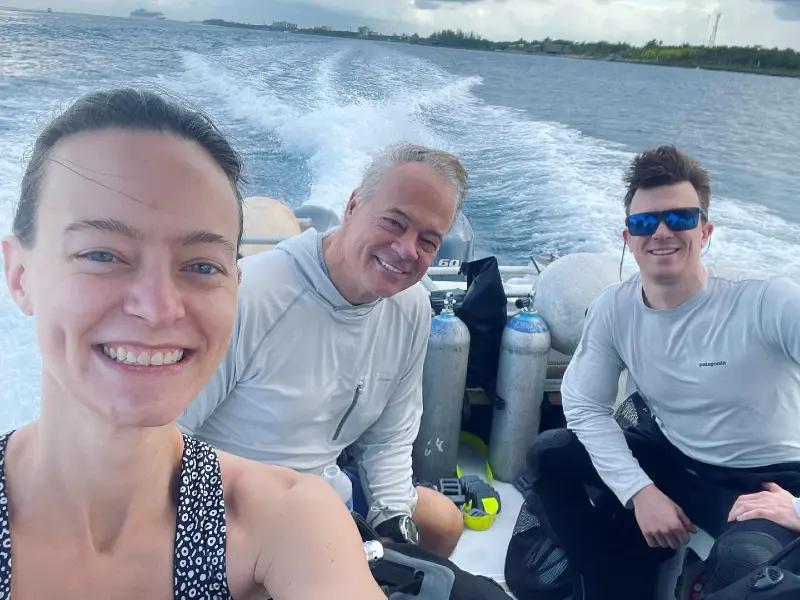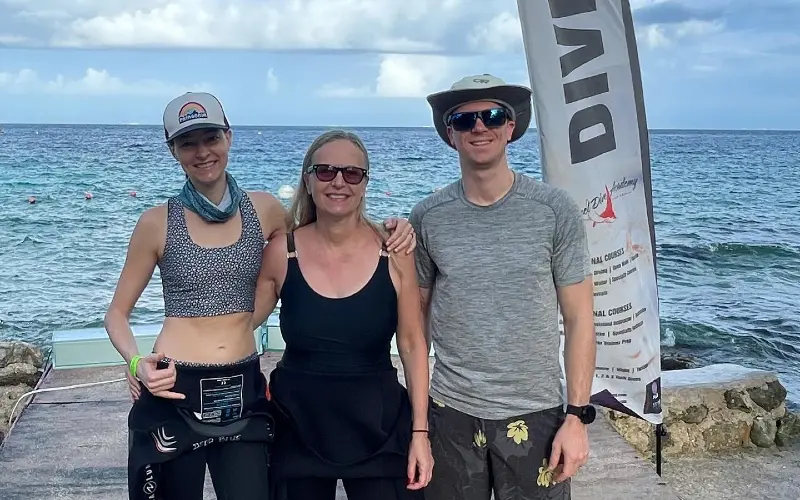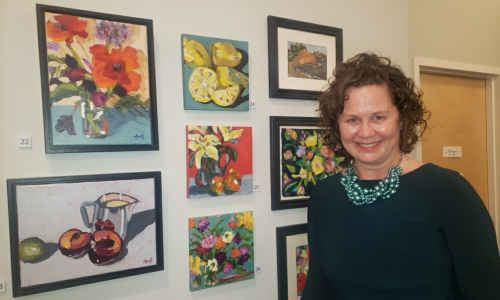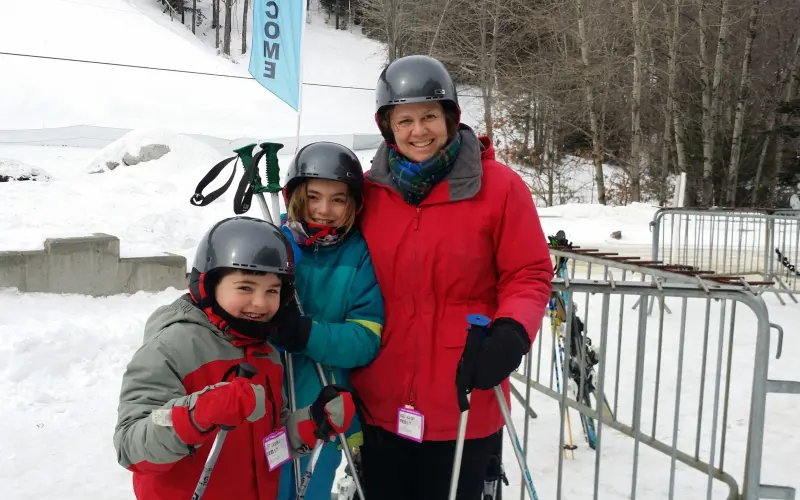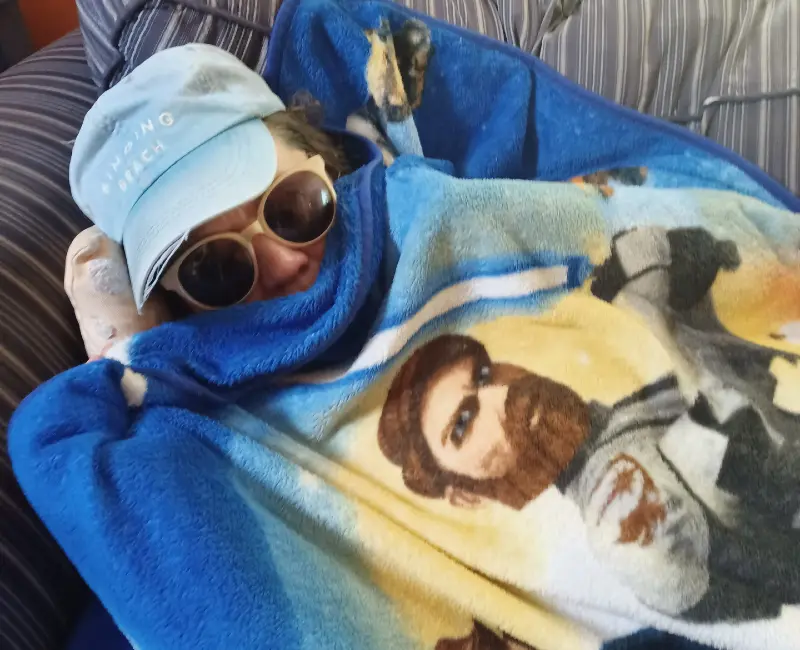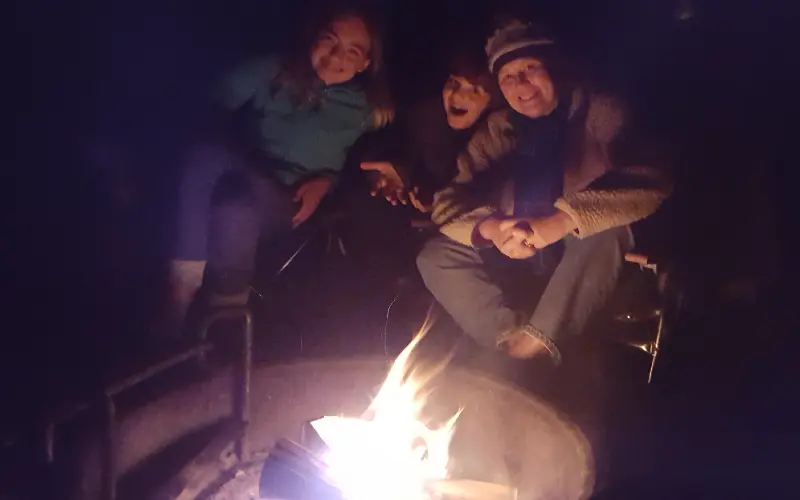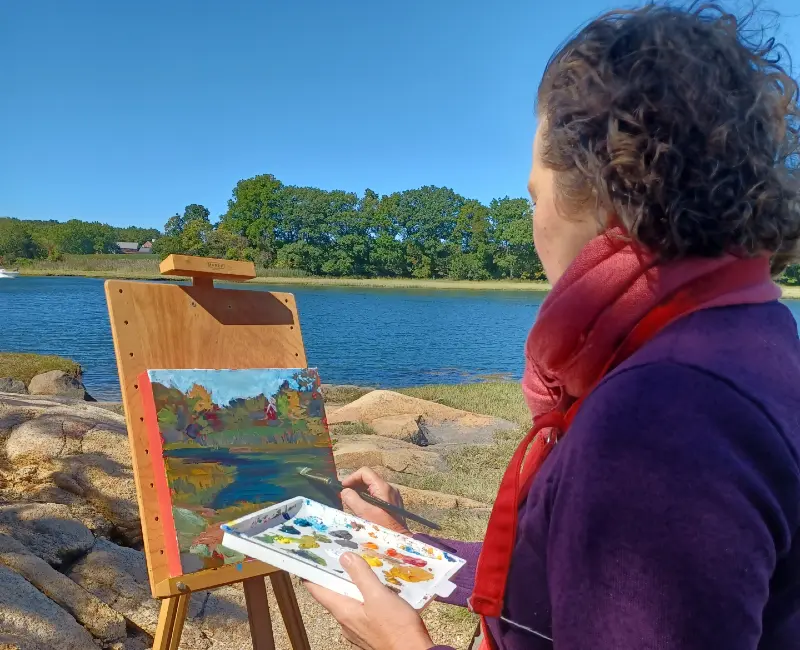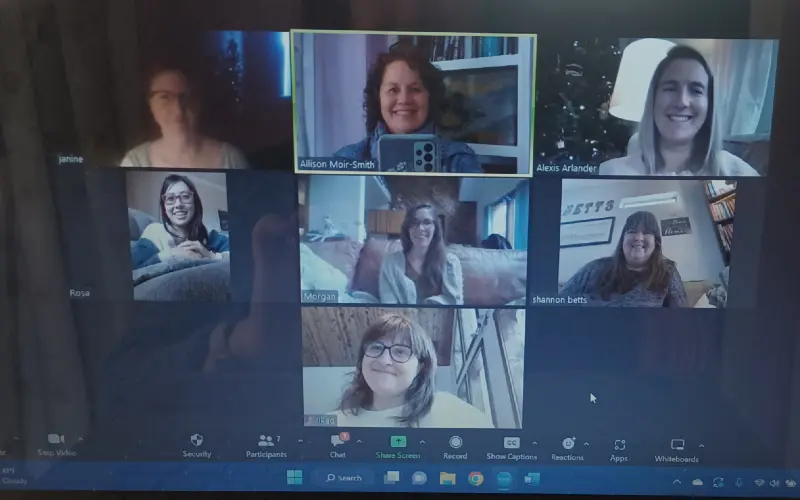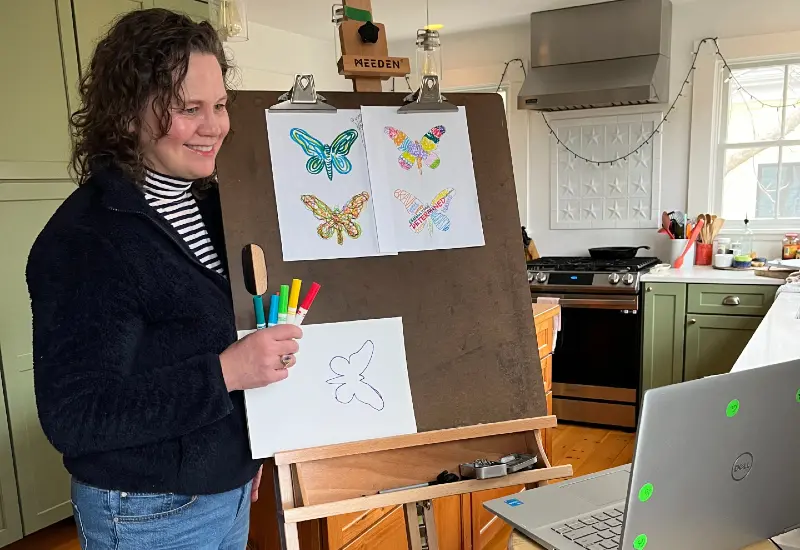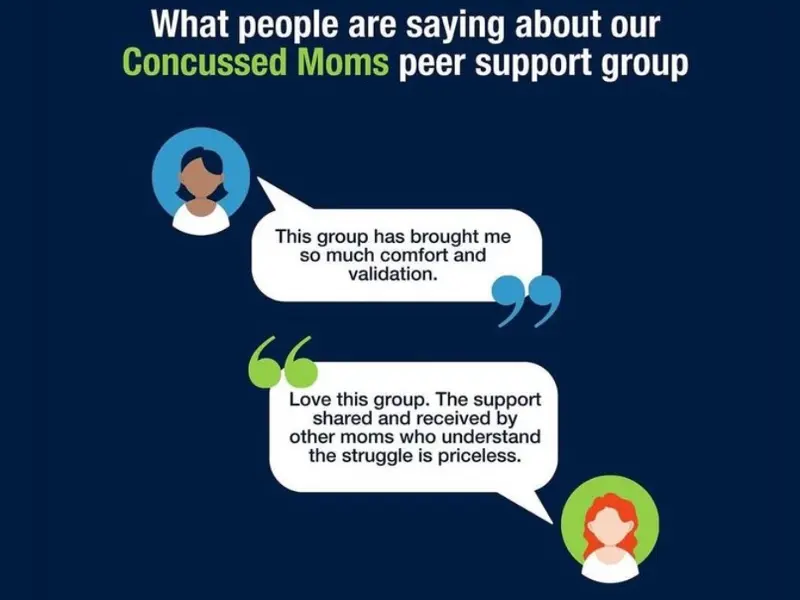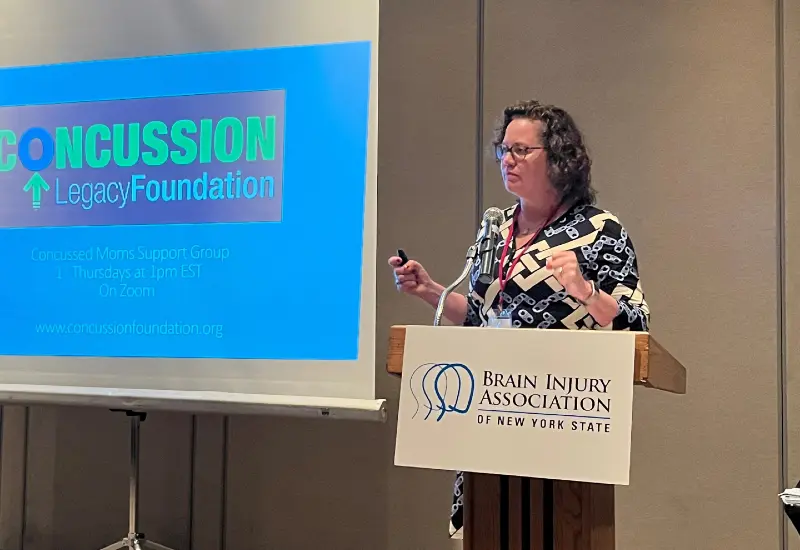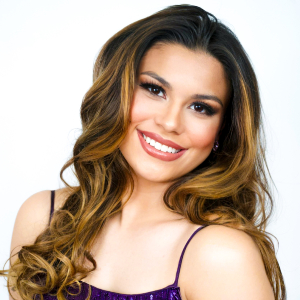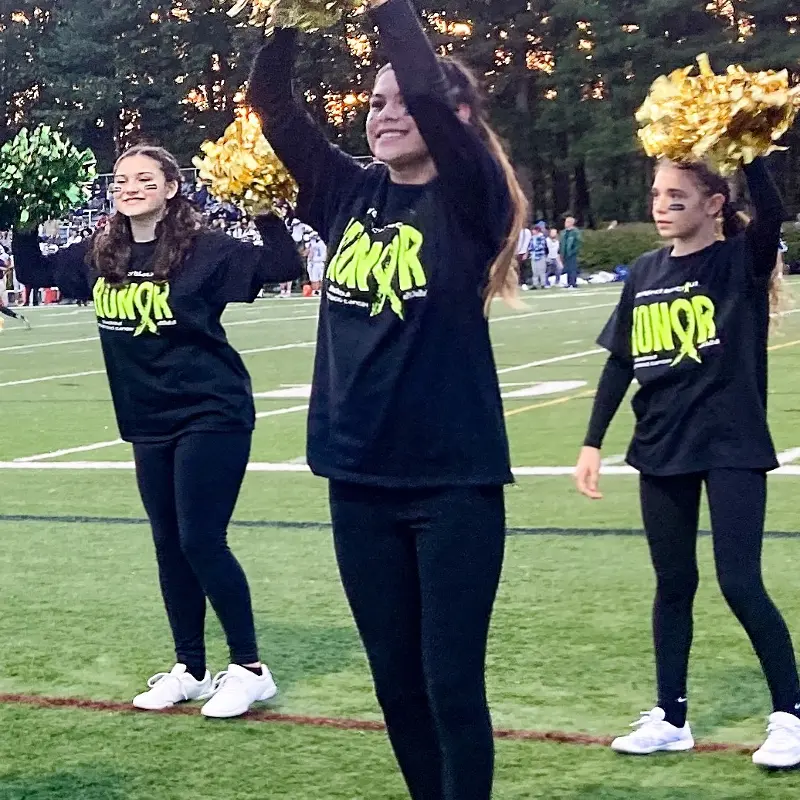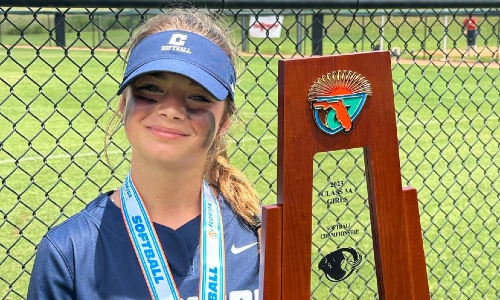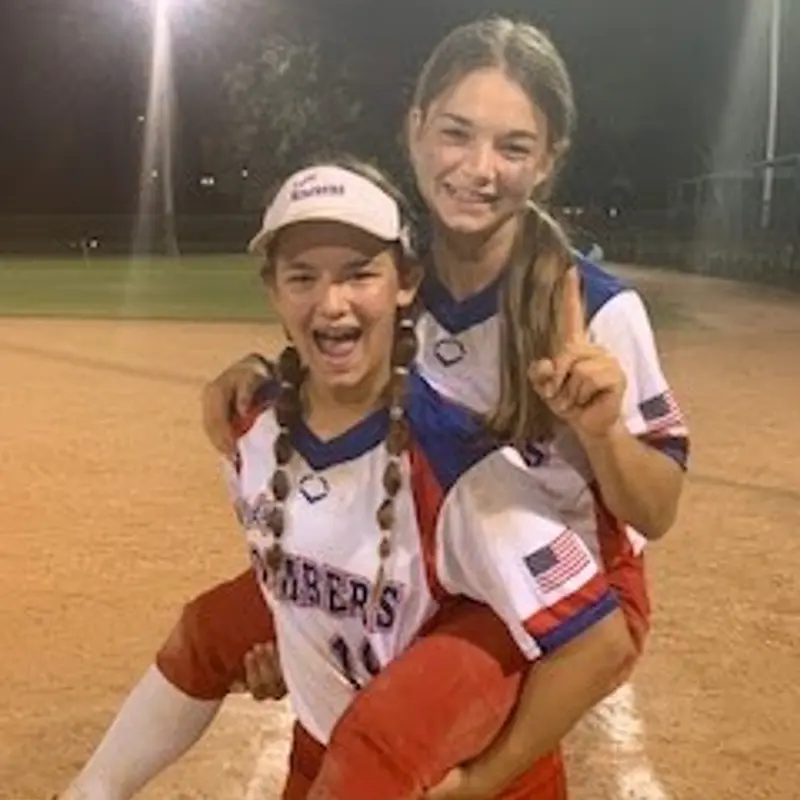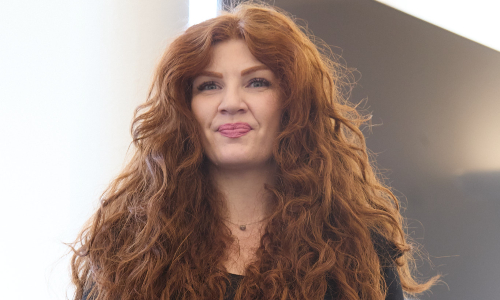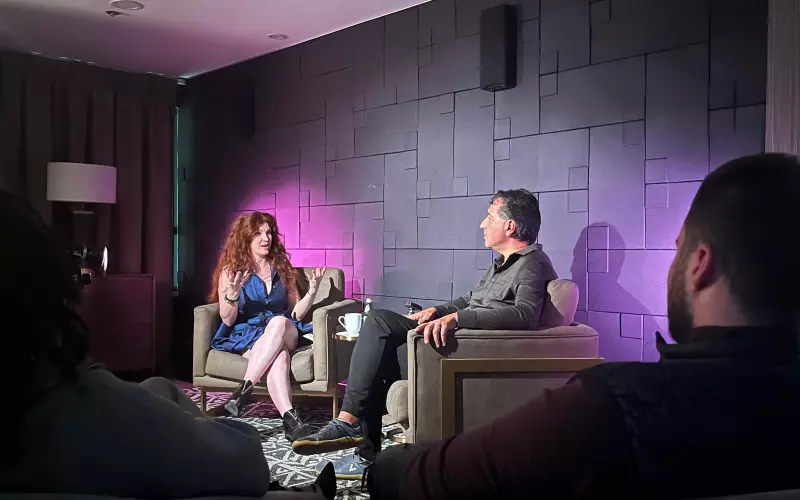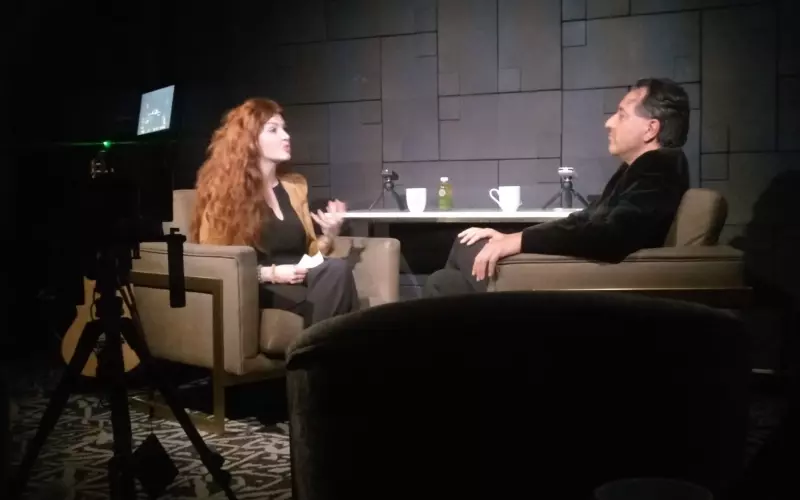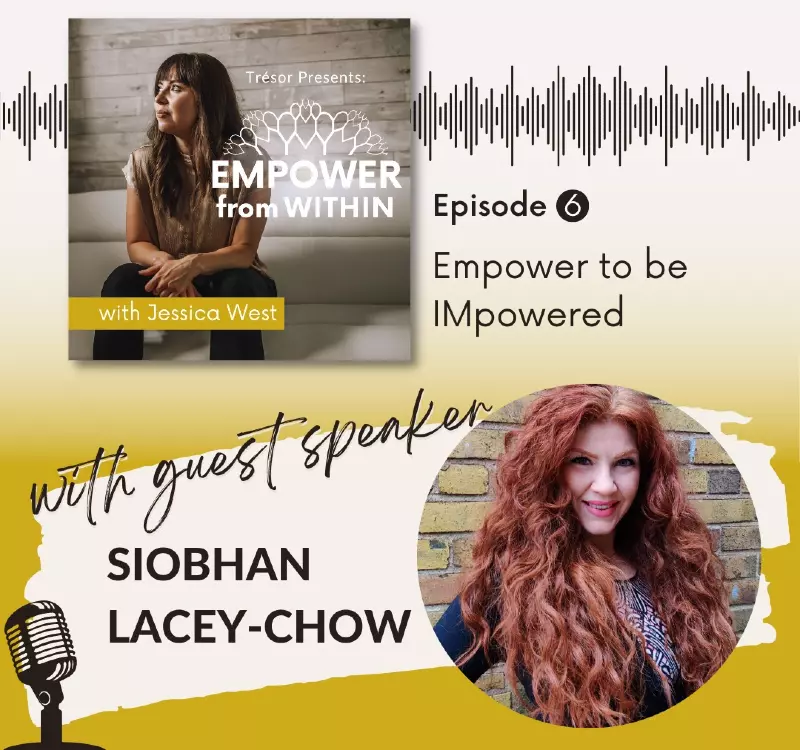Disclaimer: Concussion Legacy Foundation Canada does not endorse or recommend the treatments mentioned in the following personal story. The information shared is solely based on one individual’s experience and should not be considered professional advice. Please contact the CLF HelpLine for recommendations or a licensed medical professional for advice and guidance.
In 2011, at just 15 years old, I experienced my first concussion while playing Junior A Hockey for the Newmarket Hurricanes. It was an open-ice hit by a much larger 21-year-old player. I still vividly remember getting up, going to the wrong bench, and struggling to articulate the strange feeling I had. The headaches and pain were overwhelming, but what struck me most was how different I felt. This concussion forced me to withdraw from school for about six months. Fortunately, I was able to recover and return to play the next season, finishing my schooling in the summer. That experience was incredibly painful, both for me and my family, but I maintained a mindset that I would recover—and I did.
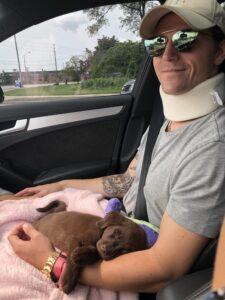
Fast forward to 2017, when I experienced a second concussion coupled with a neck injury. This time, the injury was from diving into a lake in Muskoka, Ontario, hitting the bottom, and rolling my head and chin forward. This movement tore the rectus capitis muscles at the back of my head, leading to an unstable spine and significant brain damage. This concussion was far more severe than my first. I was in a neck collar for about four years, and this injury occurred during my final year of university, where I was a Dean’s List Scholar on track to complete my business degree. The injury forced me to withdraw, sending me into a deep emotional, mental, and physical spiral. The depression I experienced during this time was profound; it felt like being trapped in a dark place with no way out. Watching my friends graduate while I was left behind only deepened my despair, which lasted far longer than I ever anticipated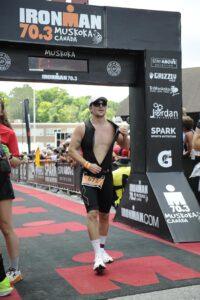
The first doctor I saw diagnosed me with massive inflammation and infection in my sinuses, requiring emergency sinus surgery. Just four weeks later, an artery ruptured above my eye, leading to a second emergency surgery. My neck and head were in excruciating pain the entire time. A year after the injury, I was diagnosed with chronic Lyme disease, which only intensified my struggles. I lost 50 to 60 pounds, experienced extreme daily pain, lost neurological function, and could no longer sit in a car, watch TV, use a computer, or even hold a cell phone without severe discomfort. My family and I tried everything—Chiropractic care, PRP and stem cell injections, and even considered spinal fusion surgery. But the journey remained incredibly dark.
Then, I met someone who had naturally overcome Lyme disease, and she became a guiding light in my recovery. Around the same time, I met Lauren, who would later become my wife and the mother of my child. Lauren was—and still is—everything to me. I know this is true because I’ve read countless books, including Viktor Frankl’s Man’s Search for Meaning, which discusses how those who survived the Holocaust often did so because they had something left to do, something to live for. Meeting Lauren gave me that same sense of purpose. I had a vision—one that I had never experienced before—of throwing a ball with my future son, who is now here with us. This vision gave me something to work towards, something to hope for. And hope, as I’ve learned, is everything. It drives new neural connections, heals, and pulls us out of the fight-or-flight mode and into a state of rest and recovery.
Lauren, who is a holistic nutritionist, introduced me to meditation and a whole-food diet, which immediately began reducing the inflammation in my body. When I met her, I was extremely sick, depressed, and in immense pain, but she still saw something in me worth fighting for. I’m forever grateful for that.
At my breaking point, I decided to try one last treatment: An electromagnetic therapy called Rife therapy. Initially, I was skeptical, but I was desperate. The theory behind Rife therapy, developed by Dr. Royal Raymond Rife in the 1930s, is that vibrating cells at their existing frequency can destroy them. He proved this with cancer cells, reportedly curing stage 4 cancer patients. It sounded far-fetched, but I was willing to give it a shot.
For eight months, I treated myself at home, five days a month, while regularly visiting my practitioner in Michigan, Kyle Morgan, who would reprogram my Rife machine based on my changing stress levels, viruses, and other factors. Within eight months, I no longer had Lyme disease, and my concussion symptoms began to disappear. Over the next year and a half, I completed my business degree, became a certified personal trainer and health and life coach, and helped about a half-dozen others overcome Lyme disease.
Finally, I launched HatchPath, a marketplace that connects people with over 400 wellness coaches. Today, I’m proud to say that we work with charities like the Operation Healing Forces to help people on their journeys to recovery. Since March, we’ve facilitated close to 1,000 sessions, witnessing total transformations in many individuals—transformations that mirror my own journey.
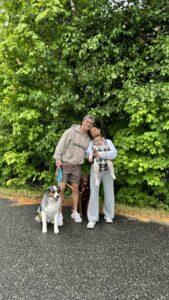
I’m deeply grateful for the opportunity to share my story with the Concussion Legacy Foundation Canada and its community. Recovery is possible, and I hope my experience can offer hope to those who need it most.
